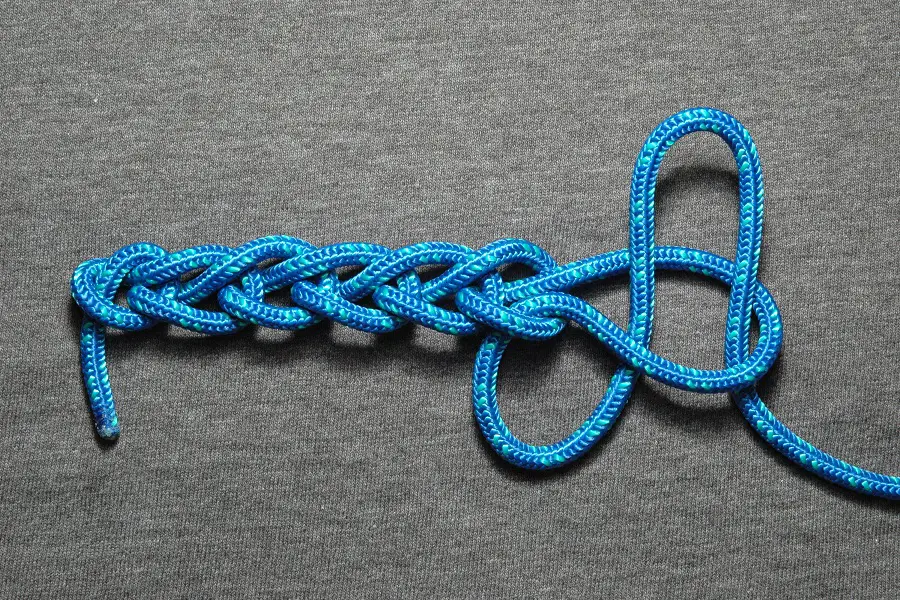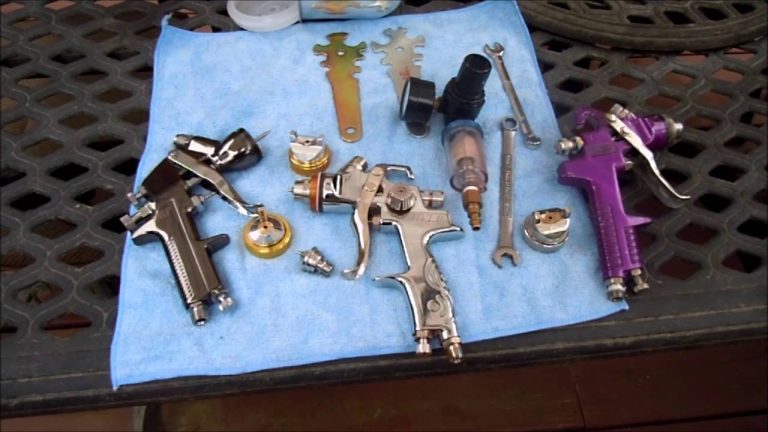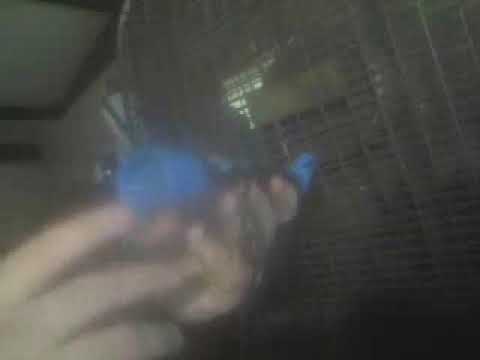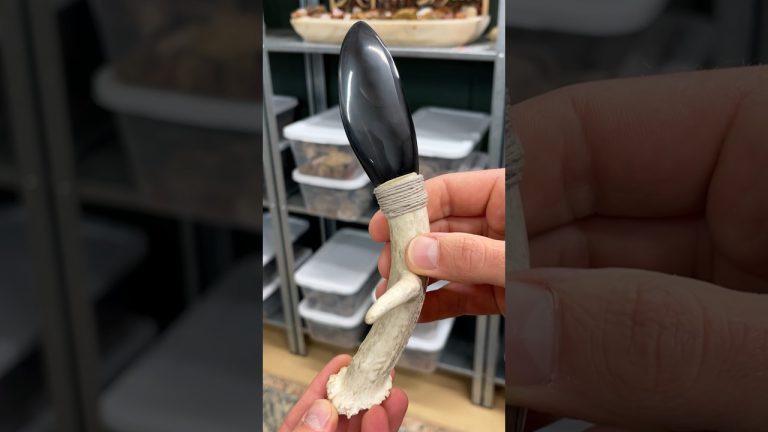SHTFPreparedness may collect a share of sales or other compensation from the links on this page.
The ability to tie paracord knots is a very versatile and useful skill to have. It will come in handy in a variety of situations. The term “paracord” refers to the parachute cord.
It’s a lightweight, strong, and versatile rope. During World War II, it was initially employed by paratroopers. It is now commonly utilized in outdoor sports, survival scenarios, and creative endeavors.
Knowing how to tie paracord knots can come in handy in a variety of scenarios. These knots can be used for everything from pitching a tent to fastening luggage on an automobile.
Knowing how to tie the proper knot for the job can spell the difference between success and failure. In extreme conditions, this information could be the difference between life and death.
This text will look at everything about the best paracord knots. You will learn from simple and necessary knots to more complex ones.
If you are an outdoorsman, survivalist, or just want to learn a new skill, this text will be your comprehensive guide to mastering paracord knots and weaves.
The Importance of Paracord Knots
Paracord knots are not just important; they can be a matter of life and death in survival situations. Paracord is a very versatile and durable rope. It can withstand extreme conditions. It makes it popular with outdoor enthusiasts, hikers, campers, and survivalists.
Paracord knots and weaves can help you survive in many different ways. One of the most basic uses of paracord knots is building shelters. Knowing how to tie different knots can help you build a sturdy shelter. It will protect you from the elements and keep you warm and dry.
You can also use these knots to secure items. You can secure food, water, or gear. It can be crucial in survival situations. You need to tie a tarp or secure a raft.
Then basic paracord knots will provide the strength and durability you need. That way, you can keep your belongings safe and sound.
Another critical application of paracord knots is first aid. In emergencies, you can use paracord for:
- Making a tourniquet.
- Homemade stretcher for transporting the wounded.
- And much more.
Knowing how to braid a paracord lanyard can make all the difference in providing proper care for someone in need.
All in all, paracord knots are a valuable skill for anyone who enjoys the outdoors. But it is especially important for survivalists and those in remote areas. Master the art of tying paracord knots. That way, you can be sure you’re ready for any situation.
List of Most Common Paracord Tying Techniques
Now, you understand the importance of knowing how to tie paracord knots. But let’s look at some of the most common and useful techniques for tying them.
The following list includes instructions for each best paracord knots technique. So you can easily learn the basics of tying paracord knots:
H3: Cobra Knot
You may also know the Cobra knot as the Solomon’s Bar or the Portuguese Sinnet. This knot is one of the most popular and simple knots.
It involves weaving two strands of paracord back and forth across a central cord. Together they create a braided pattern. This knot is often used to make bracelets, dog collars, and other decorative items.
Do you want to know how to braid a paracord lanyard Cobra? So, start by folding a length of paracord in half and laying it over a central cord.
Then take the right strand, and pass it over the central cord and under the left strand. Then take the left strand and pass it over the right strand and under the center chord. Continue alternating right and left strands until you reach the desired length.
Fishtail Knot
You may also know the fishtail knot as the snake knot. It is a basic paracord knot. You can use it to create a wide variety of paracord projects.
It involves weaving a single strand of paracord around a core, creating a spiral pattern.
To tie a Fishtail knot:
- Start by folding the paracord in half.
- Wrap it around a core, such as a carabiner.
- Pass the right strand over the core and under the left strand.
- Take the left strand and pass it over the right strand and under the core.
- Continue alternating right and left strands until you reach the desired length.
Square Knot
Square Knot, you may also know as the reef knot. It is a classic paracord knot. It involves tying two strands of paracord together to create a flat, square knot.
You can use it in many different applications, from camping to crafts.
To tie a square knot:
- Start by crossing the right strand over the left.
- Take the left strand and pass it over the right strand, then tuck it under the right strand and pull it through the loop.
- Take the right strand, throw it over the left strand, tuck it under it, and pull it through the loop.
- Continue repeating these steps until the knot is tight and secure.
The result is a neat square knot. You can use it for a variety of purposes.
Bowline Knot
The bowline knot is versatile and secure. You can also use it for a variety of purposes. For example, you can use it for:
- Attaching a fishing line to a pole or tree.
- Creating a loop on the end of the rope.
- And for various other useful purposes.
It creates a fixed loop that will not slip or come undone. Want to know how to tie this type of paracord knot?
- Start by forming a small loop at the end of the paracord.
- Then run the end of the cord up through the loop around the back of the standing part of the cord.
- Then pull it back down through the loop.
- Finally, tighten the knot by pulling on the standing part of the cord.
Remember to hold the loop with your other hand. The result is a strong, secure loop.
Monkey’s Fist Knot
Monkey’s Fist knot is decorative. But it is also practical for weight transfer purposes.
For example, you can use it as a weight on the end of a rope. It creates a tight knot that resembles a balloon.
To tie the Monkey’s Fist knot:
- Start by wrapping the paracord around your fingers a few times, making a small loop.
- Wrap the cord around the loop, creating a ball shape.
- Continue wrapping the cord around the ball in a criss-cross pattern, tightening.
- Once you have several layers, tuck the end of the cord under the loops and tighten.
The result is a dense, round paracord knot.
Lanyard Knot
Lanyard knots are sometimes known as diamond knots or knife lanyard knots. It’s a decorative knot for making a loop at the end of a cord.
It’s popular in knife and tool handles, as well as keychains and other decorative items.
Want to know how to braid this paracord lanyard?
- Start by folding the paracord in half to create a loop.
- Take the folded end of the cord and wrap it around the standing part of the cord to create a loop.
- Tuck the folded end through the loop and pull it tight.
- Next, take the standing part of the cord and wrap it around the loop in the opposite direction.
- Tuck the standing part of the cord through the loop and pull it tight.
- Continue alternating between these two steps until you reach the desired length.
The result will be a unique and decorative knot.
Trilobite Knot
The Trilobite Knot is the best paracord knot. Just like the others, you can use it for different purposes.
It consists of two strands of paracord woven together in a unique pattern. They together create a strong and attractive knot.
To tie a trilobite knot:
- Start by folding one strand of paracord in half and tying a simple overhand knot.
- Take the second strand of paracord and thread it through the loop created by the first strand.
- Continue weaving the second strand over and under the first strand, creating a braided pattern.
- When you reach the end of the first strand, continue weaving the second strand around the loop created by the first strand until you reach the desired length.
The result is a stylish and strong knot that can be used in a variety of applications.
Final Words
Knowing how to tie paracord knots is a valuable survival skill. It can save your life in an emergency. Understanding the different techniques for tying paracord can be crucial in:
- Creating shelter.
- Preserving cargo.
- Signaling for help.
- And many other elements.
Knowing how to tie strong and durable paracord knots allows you to create utilitarian items such as belts, slings, and even fishing nets.
You can increase your chances of survival and improve your overall preparedness. And you can achieve all of this by learning how to knot with a paracord. As part of your survival kit, learn and master many techniques for tying paracord knots.
References:


















